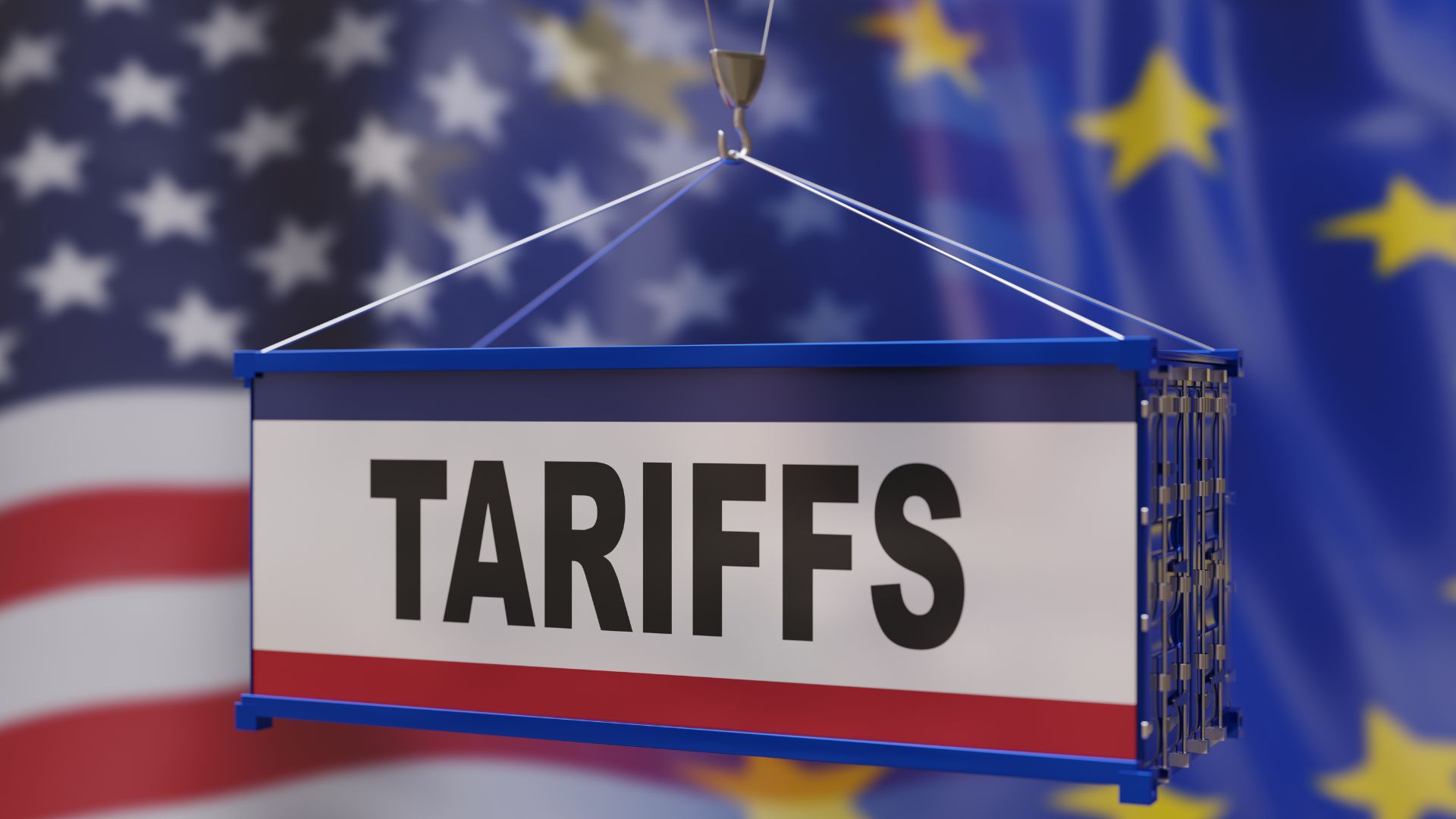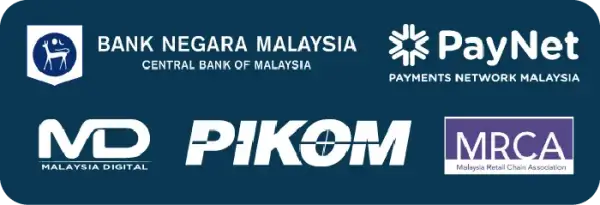
The recent introduction of a 24% tariff by the United States on various goods arriving from Malaysia has understandably caused some concern to the business community, and while it is currently set at a 10% reprieve, it is still a significant development and blow challenge to international trade.
Effective from April 9, 2025, this US tariff affects a range of sectors, including the electrical and electronics (E&E) industry, machinery, rubber products, and furniture. While certain items, like semiconductors, currently enjoy an exemption (at the time of writing).
In this ever-changing trade environment where policies come and go, payment gateways in Malaysia present some interesting possibilities for SMEs businesses.
What is Tariff?
It is important to grasp the extent of this US tariff on Malaysia. The current 10% duty applies to a significant portion of goods exported from Malaysia to the United States. This increase in cost can make Malaysian products less attractive to American buyers, potentially impacting sales volumes and overall revenue.
Businesses involved in the affected sectors will need to carefully assess how this new cost burden influences their pricing strategies and their ability to compete in the US market. This hike in cost would eat away profit margins and of course competitiveness.
How Payment Gateways Can Assist
While a payment terminal might not directly reduce the tariff itself, its features and functionalities can provide valuable support in managing these added costs.
1. Smooth International Transactions
A key function of payment gateways is to manage transactions that cross borders without unnecessary complications.
- Handling Multiple Currencies: Payment gateways allow businesses to accept payments in a variety of currencies, including the coveted greenback. This provides a straightforward payment experience for American customers and simplifies currency management for Malaysian exporters.
- Access to Local Payment Methods: Certain gateways provide access to payment methods preferred by consumers in the United States. Offering these familiar options can improve conversion rates and reduce the likelihood of failed transactions.
- Global Infrastructure: Many payment gateway providers possess a worldwide network and robust infrastructure, enabling Malaysian businesses to manage their international transactions efficiently.
2. Managing Costs and Margins
The tariff naturally puts pressure on profit margins. Payment gateways can offer tools and pricing structures that help mitigate some of these financial strains.
- Competitive Pricing Structures: Payment gateways have different fee models and transaction charges. By comparing these options, Malaysian businesses can select a provider that offers the most economical solution for their specific needs.
- Clear Fee Structures: Choosing a gateway with transparent fees allows for accurate prediction and management of transaction expenses, a factor of increased importance given the tariff’s impact on overall costs.
3. Adapting to Market Changes
Given the complexity of international trade, it is important to stay flexible and adaptable to the trade environment. Payment gateways can provide the flexibility needed to adapt.
- E-commerce Platform Integration: Seamless integration with popular e-commerce platforms allows Malaysian businesses to quickly adjust their online pricing and sales tactics in response to the tariff. Gateways like Stripe and Shopify Payments offer strong integration capabilities.
- Flexible Payment Choices: Providing a range of payment options through a gateway can cater to a broader customer base in the US, potentially offsetting some reduction in demand caused by higher prices.
4. Security and Compliance
Maintaining trust and adhering to international standards are paramount in international trade.
- Data Protection Standards: Reputable payment gateways comply with global security standards like PCI DSS, guaranteeing the protection of transaction data. This is vital for maintaining the confidence of international customers.
- Fraud Prevention Tools: Many gateways incorporate tools for detecting and preventing fraudulent activities, an essential aspect of managing risks associated with cross-border commerce.
5. Streamlined Refund and Dispute Management
Dealing with returns and resolving payment disputes from customers located in the US requires efficient processes, and payment gateways often offer integrated solutions.
- Refund management: Many gateways provide streamlined systems and workflows for managing refunds for international transactions, ensuring a smoother experience for US buyers. They typically include tools and procedures for addressing and resolving payment disputes, protecting your revenue and reputation.
- Trust and Reliability: A smooth and reliable system for handling refunds and disputes is essential for maintaining customer satisfaction and building long-term trust with your American clientele, especially in a potentially sensitive pricing environment due to tariffs.
Examples of Helpful Payment Gateways
Here are a few payment gateways that are well-suited for international transactions and can be beneficial for Malaysian businesses navigating the US tariff.
Payment Gateway | Key Features | Currency Support | Global Reach |
Stripe | Extensive APIs, multi-currency support (135+), strong integration capabilities, useful for businesses with a significant global customer base including the US. | 135+ | Global |
PayPal | Widely recognised by US consumers, user-friendly, available in over 200 countries, a familiar option for many international transactions. | 25 | 200+ |
Worldpay | Supports numerous countries and currencies, established global presence, catering to a wide range of international payment needs. | 120+ | 40+ |
Braintree | PayPal service offers more customisation for payment flows, suitable for businesses wanting greater control over their US transaction process. | Varies | 45+ |
Opayo | Various service tiers, supports major card companies, offers reliable payment processing for international sales. | Multiple | Multiple |
Paydibs | Facilitates payments from Malaysian customers and can handle USD transactions; offers familiar local payment methods which can be beneficial for Malaysian businesses managing international funds. | MYR, SGD, USD (and more) | Primarily Southeast Asia |
Broader Context of US Tariffs
The US tariff on Malaysia is part of a wider trend in international trade policy. The reasons cited for such tariffs often include national security concerns, addressing perceived unfair trade practices, or aiming to reduce trade deficits.
At the time of writing, the Malaysian government has sent delegations to engage in discussions with the US to seek a reduction in these tariffs and has affirmed its commitment to fair trade principles. Businesses should keep up with the latest developments and be wary of any market change.
Conclusion on US Tariff and Payment Gateways
While these tariffs introduce added costs and complexities, payment gateways can offer a range of features that provide real assistance. From facilitating smooth multi-currency exchanges, to offering transparent fee structures, the right payment gateway can be a valuable ally.
Here at Paydibs, we understand the nuances of international commerce, particularly for businesses operating within Southeast Asia and engaging with global markets like the US. Our platform is designed to facilitate seamless transactions and provide the tools you need to manage your international payments effectively.
From Alipay, Dragonpay, PayNow, VTC Pay, and Line Pay, various platforms exist to streamline cross-border payments. With our focus on the Southeast Asian market and our ability to handle transactions with the US, offers a tailored solution for Malaysian businesses navigating these tariffs.
Legal Disclaimer: All brand names, trademarks, and logos displayed on this website are the intellectual property of their respective owners. Their use herein is solely for identification purposes without written consent or direct affiliation from the respective owner.
常见问题 About US Tariff and Payment Gateways
Are there payment gateways that specialize in handling trade disputes related to tariffs?
While gateways offer dispute resolution for payment issues, they do not typically handle the complexities of trade disputes arising directly from tariff disagreements.
How do payment gateway fees change when Tariffs increase the overall transaction value?
Generally, payment gateway fees are a percentage of the transaction amount, so an increase in the overall value due to tariffs might slightly increase the absolute fee amount.
Will using a specific payment gateway exempt Malaysian businesses from US Tariffs?
No. the imposition of tariffs is a governmental policy and is not influenced by the choice of payment gateway used for transactions.
Do payment gateways offer tools for calculating the exact Tariff amount payable on each transaction?
No. The calculation and application of tariffs are the responsibility of customs authorities and the importing business, not the payment gateway.
How quickly do payment gateways adapt to changes in international trade regulations like Tariffs?
Payment gateways adapt their systems for payment processing and compliance but do not directly manage or reflect tariff policy changes in their core functionality.
Can payment gateways help Malaysian businesses invoice US customers in a way that clearly separates the Tariff cost?
Yes. Many payment gateways integrated with invoicing systems allow for the itemisation of costs, including potentially a separate line item for tariffs if the business chooses to present it that way to the buyer.
近期文章
- Setting Up a Payment Gateway on Shopify (Malaysia & Beyond)
- Shopify Malaysia: Payment Gateway Problems You Should Know
- The Future of Payments: How APIs Are Powering Malaysia’s Cashless Economy
- WooCommerce vs Shopify for SMEs: Which Handles Payments Better?
- How A Payment Gateway Works (Malaysia SME Guide)
类别
我们的合作伙伴 :






